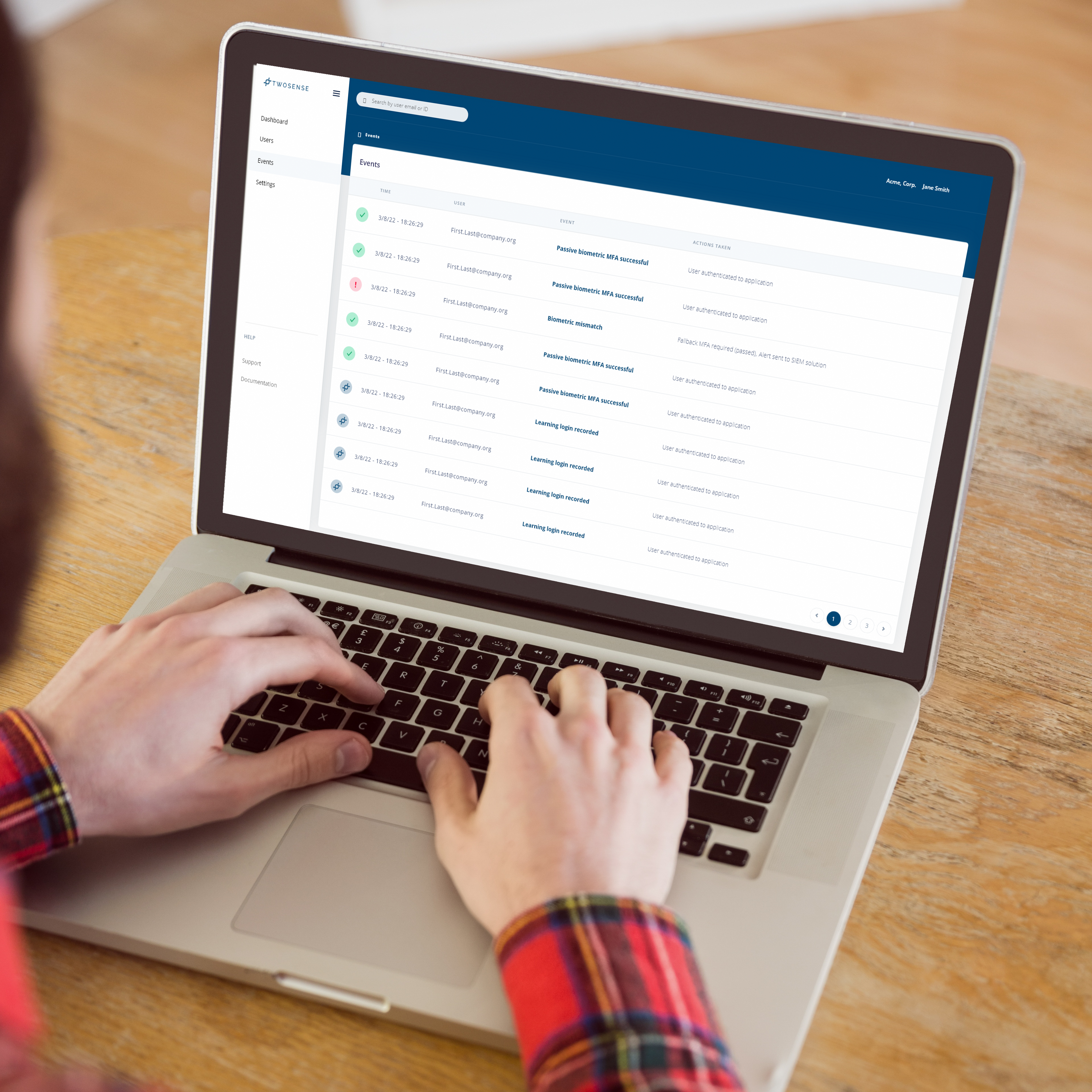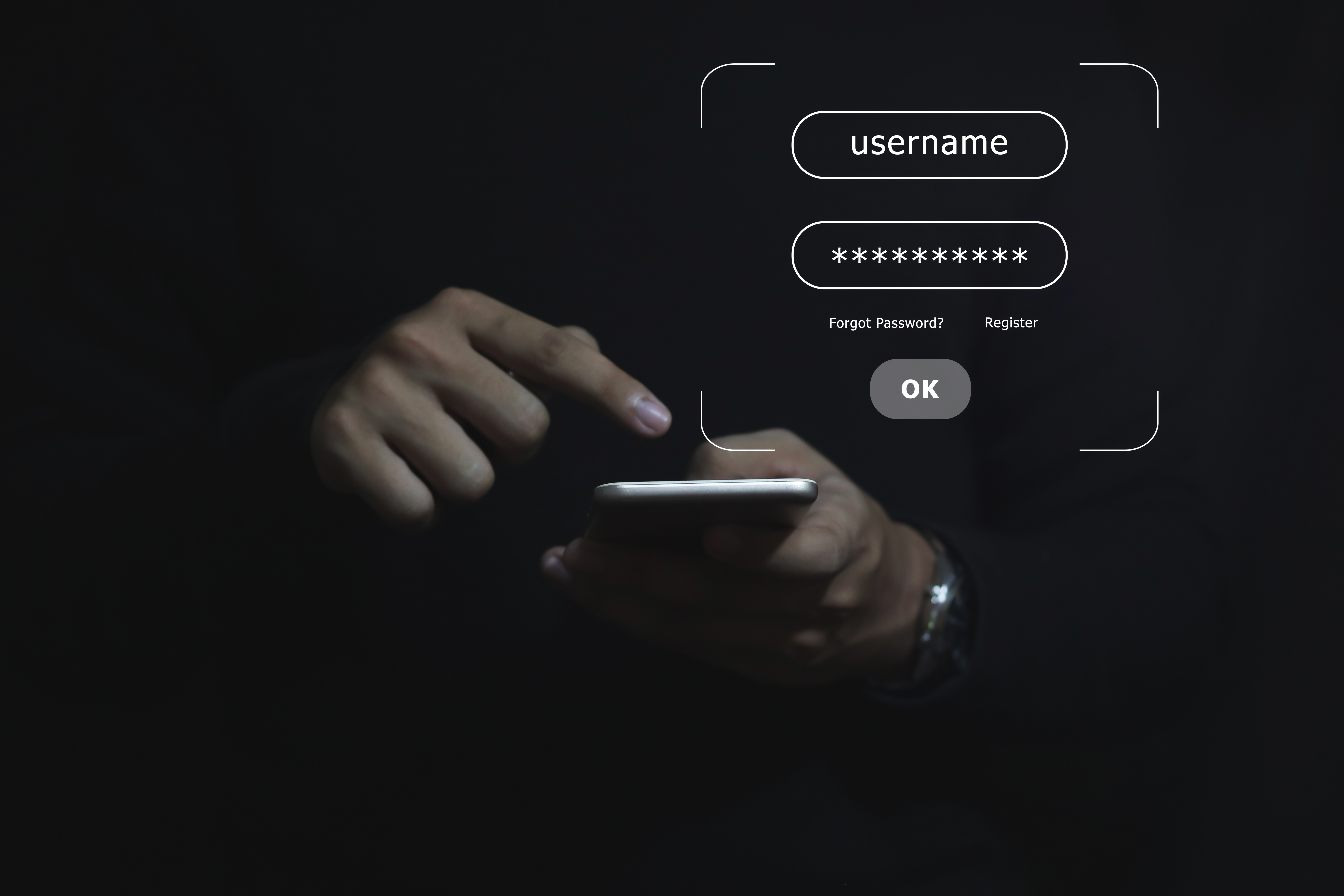Identity and access management in the contact center has reached a turning point. For years, IT and security teams have layered new controls onto outdated models—adding stronger passwords, multi-factor authentication (MFA), mobile push, number matching, and even physical tokens. However, each upgrade has introduced new friction for users while doing little to address the most significant blind spot: what happens after login.
Contact centers can’t afford to treat authentication as a one-time event. With high agent turnover, rotating shifts, and increasing instances of insider threats, it’s clear that the real risk isn’t just someone getting in; it’s what they can do once they have gotten access.
This is why organizations are shifting from challenge-based authentication to Continuous Authentication and Continuous Access Evaluation. It’s a model that continuously verifies identity in real-time, throughout the entire session, not just when prompted at login.
Why Challenge-Based Authentication Falls Short
The traditional model assumes that once a user is authenticated, they remain trustworthy for the duration of the session. That assumption no longer holds up, especially in environments like contact centers, where floating desks are often necessary, agents forget to lock screens, or agents share credentials to skirt security friction.
Session hijacking, token theft, and walk-away risk all thrive in environments with static authentication. And the more friction you add to lock down the login, the more likely agents are to find workarounds. It becomes a game of cat and mouse, and one that security rarely wins.
Recent breaches across industries have highlighted this blind spot. According to Verizon’s 2024 Data Breach Investigations Report, 68% of breaches involved a human element, including misuse of credentials and privilege abuse—issues that persist after login, not before it. (Verizon DBIR 2024)
That’s why simply strengthening the login challenge isn’t enough. Security teams are seeking ways to dynamically monitor and manage identity throughout the entire session.
What Continuous Authentication Enables
Continuous Authentication changes the paradigm of security entirely. Rather than validating identity once at login, it establishes an ongoing process of authentication throughout the session, invisibly and automatically, in the background, and without interrupting the user.
This continuous signal enables Continuous Access Evaluation, a dynamic approach to enforcing access policies based on real-time risk assessment. If a user’s behavior or environment changes—if they walk away, switch roles, or their session is hijacked—access can be immediately revoked. The system isn’t just granting access; it continually reassesses whether access should continue based on who is using the system.
This approach provides IT and security teams with a new level of control over access, without adding friction to the agent experience. It ensures that security decisions aren’t frozen in time, but evolving alongside the session.
Benefits for Contact Center Security Teams
Continuous identity verification isn’t a nice-to-have. It has become a necessity in modern contact centers. Here’s why:
- Reduces exposure from unlocked or abandoned workstations
- Eliminates the value of shared or stolen credentials
- Prevents session hijacking and token misuse in real time
- Provides a clear audit trail of identity during the entire session
- Enables security automation without burdening agents or IT staff
These benefits are especially relevant in environments where security and productivity are often in conflict. With Continuous Authentication, you don’t have to choose.
A Strategic Shift in Identity Thinking
Adopting Continuous Authentication isn’t just a technical change—it’s a shift in mindset. Security no longer ends at the front door. It needs to be ever-present, invisible, and responsive. In the contact center, that means building an identity layer that aligns with how agents actually work.
By embedding identity checks throughout the session, organizations gain the ability to act in real time, whether that means revoking access instantly, logging out dormant users, or blocking access before damage can be done.
The result? A more secure, less disruptive, and future-ready approach to access management.
How Twosense Makes It Happen
Twosense enables Continuous Authentication for contact centers, powering a seamless experience for agents while giving security teams full visibility and control. There are no phones, tokens, or additional devices required—just silent, automatic validation that keeps sessions secure from start to finish.
For contact centers looking to modernize identity without compromising productivity, Continuous Authentication is no longer a future concept—it’s an operational necessity.



